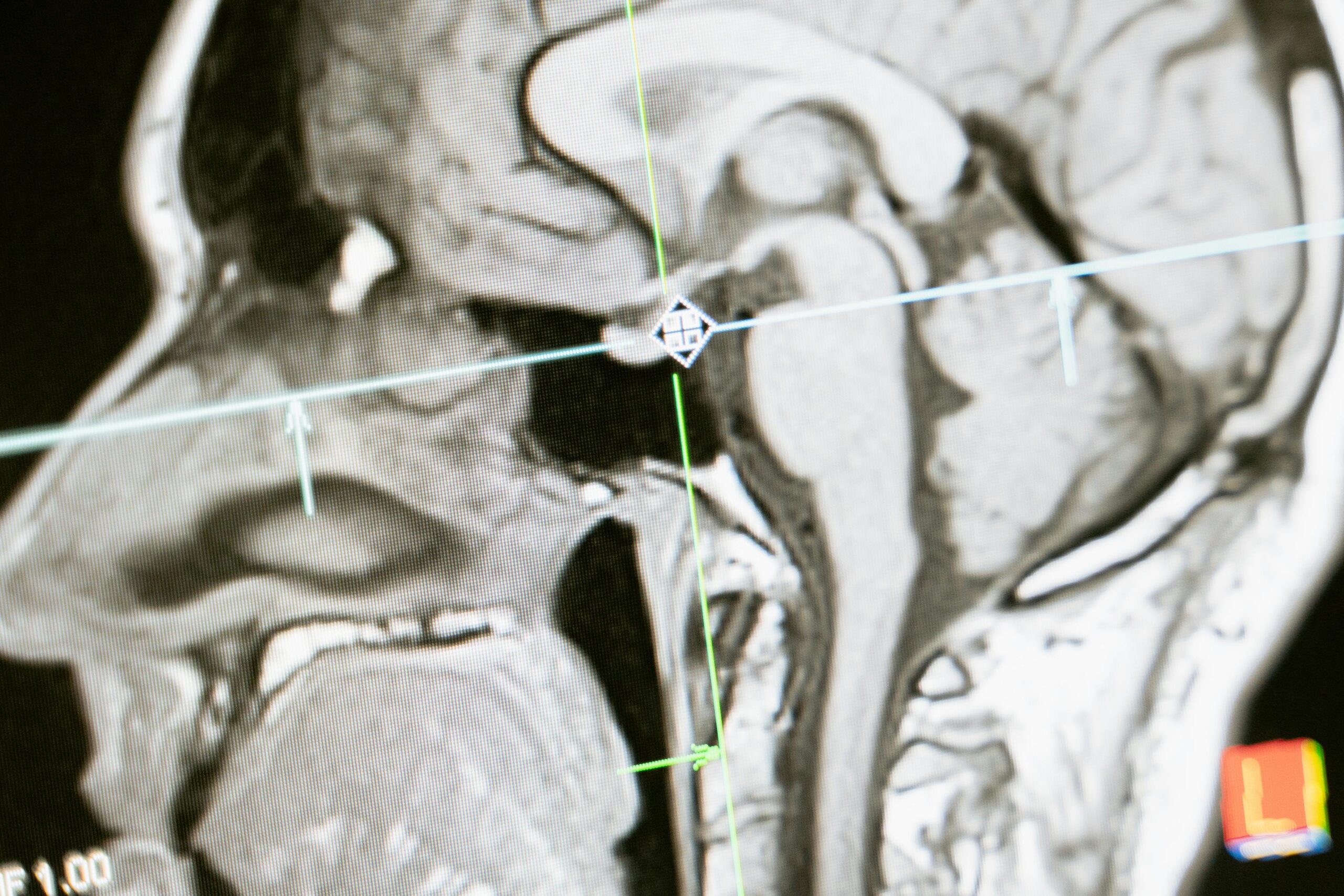The integration of technology with the human brain is no longer a concept of science fiction. Companies and research institutions around the world are racing to develop brain-computer interfaces (BCIs) that could revolutionize how humans interact with machines. Among these, Neuralink, a company founded by Elon Musk, has gained significant attention for its ambitious goals. However, a new competitor, MiBMI, developed by a research team led by the Swiss Federal Institute of Technology Lausanne (ETHL), presents an alternative approach that could challenge Neuralink’s dominance in the field.
Neuralink’s approach and challenges
Neuralink has been at the forefront of BCI development, focusing on implantable devices that convert brain signals into electrical impulses and vice versa. After extensive testing on primates, Neuralink received approval from the U.S. Food and Drug Administration (FDA) in May 2023 to conduct human trials. The company envisions a future where these implants could help people with paralysis regain mobility and communication, while also paving the way for human-AI symbiosis.
Despite its progress, Neuralink has faced numerous challenges, including ethical concerns over animal testing, questions about the long-term safety of its implants, and regulatory hurdles. The complexity of brain activity and the body’s potential immune response to foreign implants remain significant obstacles that need to be overcome before widespread adoption can occur.
The rise of MiBMI: A new alternative
MiBMI, the brainchild of an international team of researchers led by ETH Lausanne, represents a new and potentially more efficient alternative to Neuralink. This miniature brain-computer interface is capable of converting thoughts into text in real-time. Designed with individuals suffering from severe paralysis in mind, MiBMI could provide a breakthrough in communication technology.
The device is remarkably compact, roughly the size of a fingertip, and can be implanted in both paralyzed and healthy individuals. It processes neural signals from up to 512 channels simultaneously, allowing for highly accurate interpretation of brain activity. Early tests have shown promising results, with the MiBMI chip successfully identifying 90.8% of visualized letters in a test subject with tetraplegia. Additionally, the system can recognize 31 different symbols, including essential commands such as “space” and “return.”
Advantages of MiBMI technology
One of the standout features of the MiBMI chip is its efficiency. The device employs a technique known as Distinctive Neural Codes (DNC), which enhances accuracy while minimizing energy consumption. Unlike many existing BCIs, MiBMI activates only when it detects relevant neural activity, significantly improving signal clarity and reducing power demands.
Currently, the MiBMI system achieves a typing speed of 90 characters per minute, a notable improvement over previous BCI technologies. This advancement opens up new possibilities for individuals with disabilities, allowing them to communicate more naturally and effectively.
The future of brain-computer interfaces
As research in BCIs advances, the competition between companies and institutions is expected to drive innovation and accelerate the development of more efficient, safe, and accessible technologies. Neuralink and MiBMI represent two different approaches to interfacing the human brain with machines, each with its own strengths and challenges.
MiBMI’s precise, energy-efficient system offers a promising alternative to Neuralink’s invasive neural implants. While both technologies require further testing and development, their potential to revolutionize communication, rehabilitation, and even human cognition is undeniable.
The next decade will likely determine which of these technologies—or perhaps an entirely new contender—will lead the field of brain-computer interfaces. Until then, the world watches as science pushes the boundaries of what it means to connect the human mind with technology.





